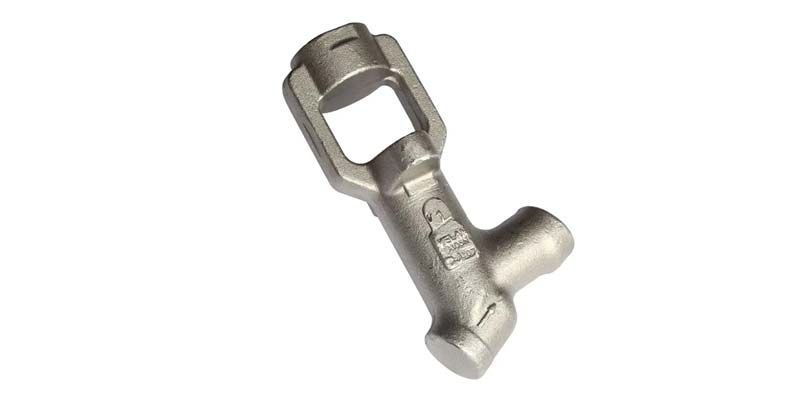- Contact Innally, Let you purchase forgings in China more favorable prices, products more assured!
- Hotline:+(86)15038323776 Email:innally@innally.com
Design of agricultural machinery forgings: a comprehensive consideration of key factors
- Category: Metal forging, Titanium alloy forging
- |
- Date: 26/12/2023
In summary, when designing agricultural machinery forgings, it is necessary to fully consider the mechanical performance requirements, structural factors, process feasibility, environmental factors and economic considerations. By comprehensively weighing these factors, we can design the agricultural machinery forgings with good performance, reasonable structure, feasible technology and economical and practical.
Product Details
In the design process of agricultural machinery forgings, a variety of factors need to be considered comprehensively to ensure the performance, life and production feasibility of forgings. This article will introduce in detail the key factors that need to be considered when designing agricultural machinery forgings.
First, mechanical performance requirements
Strength: According to the workload and stress requirements, select the appropriate material and process to ensure that the forging has sufficient strength.
Toughness: Consider the material’s resistance to impact, as well as its ability to absorb energy before breaking.
Fatigue life: Assess the life of forgings under cyclic loads to ensure they can withstand long periods of work.

Second, structural factors
Shape design: According to the structural and functional requirements of agricultural machinery and equipment, the shape of the forging is reasonably designed to ensure that its assembly and use is convenient.
Dimensional accuracy: Consider the processing accuracy requirements of forgings to ensure that their dimensions are in line with standards to meet the assembly requirements of agricultural machinery and equipment.
Weight control: Under the premise of meeting the performance requirements, reduce the weight of forgings as far as possible to improve the overall performance of agricultural machinery.
- Process feasibility
Material machinability: Select the material suitable for the forging process to ensure that it has good plasticity and ductility during the processing.
Heat treatment requirements: According to the material characteristics, reasonable arrangement of heat treatment process to improve the mechanical properties of forgings.
Process: Evaluate the feasibility of processes such as forging, heat treatment and machining to ensure efficient and economical production processes.
Fourth, environmental factors
Corrosion resistance: Consider the corrosion of the working environment of agricultural machinery, choose corrosion-resistant materials or take anti-corrosion measures.
Wear resistance: For parts in contact with soil, crops, etc., it is necessary to have good wear resistance.
Maintenance requirements: The design should consider reducing the subsequent maintenance workload and reducing the use cost. - Economic considerations
Material cost: Choose cost-effective materials to reduce production costs. Manufacturing costs: Optimize design to reduce processing difficulty and improve production efficiency, thereby reducing manufacturing costs.
Life cycle costs: take into account the service life and replacement costs of the forgings to ensure that the design is economically viable.
In summary, when designing agricultural machinery forgings, it is necessary to fully consider the mechanical performance requirements, structural factors, process feasibility, environmental factors and economic considerations. By comprehensively weighing these factors, we can design the agricultural machinery forgings with good performance, reasonable structure, feasible technology and economical and practical.
nannan
INNALLY mainly provides you with various types of cast and forged parts products. Welcome your inquiries! innally@innally.com
Related Products
Search
Forging center
- Steel forgings
- Aluminium alloy forging
- Titanium alloy forging
- Stainless steel forging
- Copper forging
- Automotive forgings
- Locomotive forging
- Bicycle forgings
- Motorcycle forging
- Rigging and fasteners
- Bearing forging
- Electric power fittings
- Marine forging
- Mechanical forgings for metalworking
- Mining machinery forgings
- Marine engineering forgings
- Construction machinery forgings
Popular product

© 2025. All Rights Reserved.






